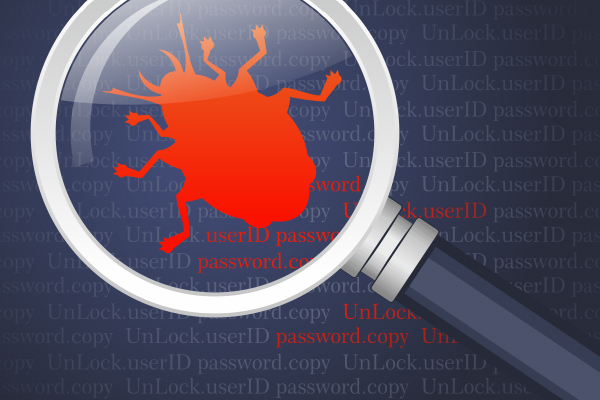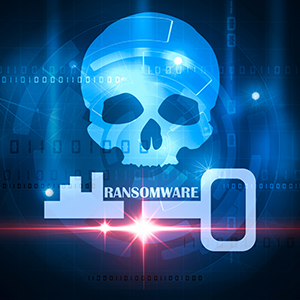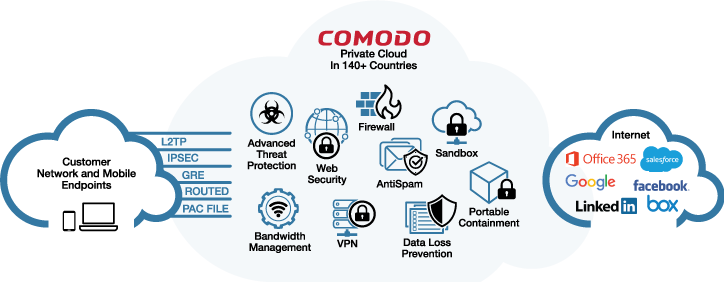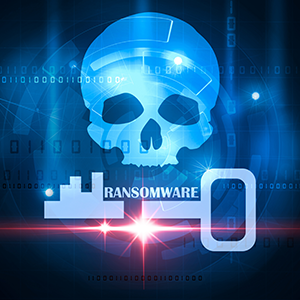THE NEED TO UPGRADE RANSOMWARE ANTIVIRUS
Updated on October 21, 2022, by Xcitium
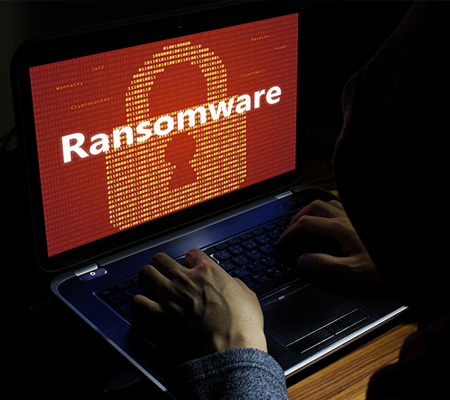 Anti-ransomware and other backup recovery solutions are exceedingly improving. Their techniques are getting better. But sadly, so are the ransomware programmers. They develop new strains that are difficult to be detected by a ransomware antivirus. Cyber-criminals were able to create a way of encryption methodologies for ransomware that makes it harder to recover from the attack. Although, security specialists can still predict the behavior of a ransomware because it follows a basic rule. The common behavior of a ransomware is to overwrite or lock up data. This makes the ransomware detectable. The only way for the cyber-criminals to avoid detection is to change the nature of the ransomware.
Anti-ransomware and other backup recovery solutions are exceedingly improving. Their techniques are getting better. But sadly, so are the ransomware programmers. They develop new strains that are difficult to be detected by a ransomware antivirus. Cyber-criminals were able to create a way of encryption methodologies for ransomware that makes it harder to recover from the attack. Although, security specialists can still predict the behavior of a ransomware because it follows a basic rule. The common behavior of a ransomware is to overwrite or lock up data. This makes the ransomware detectable. The only way for the cyber-criminals to avoid detection is to change the nature of the ransomware.
New Gimmick Of Ransomware
Decreasing The Speed Of Encryption Process Contradictory to past behaviors, the latest ransomware decrease the speed of the encryption process to make it undetectable by the traditional ransomware antivirus. Irregular Encrypting Technique Unlike before that, the ransomware follows a certain rule in encrypting the files. Today, it randomizes the process of encrypting files. This helps in avoiding the detection of ransomware antivirus. New Delivery Methodologies The most common method of delivery for ransomware is by putting some links on the email. Since companies now teach their employees not to click any malicious links in the email, cyber-criminals have developed a new technique. Instead of putting a link in the email, they now use document-type attachments. It could be Powerpoint, Word, PDF, JPEG, or other commonly used file types. A document has a script that when the user clicked the link, it will launch the ransomware. Not all ransomware antivirus can be detected with this kind of behavior. Hard Drive Encryption Some cybercriminals bypass the encryption of files. They go for the Master Boot Record. If they could encrypt the MBR, they don’t need to go through a long process of encrypting documents. Since the MBR is the first record that runs at the beginning of the system, they have full control of the system if they were able to hack the MBR. If the cybercriminals successfully do this, it will be hard for the ransomware antivirus to detect the malware. They Use Polymorphic Code The ransomware code has become sophisticated. It uses polymorphic code to make it difficult to be detected by the ransomware antivirus. Usually, after one strain infects a computer, it changes its code before it transfers to a different computer. Because of the polymorphic code, it will look like a new strain of ransomware. The ransomware antivirus will find it hard to trace and stop the infection. Multi-Threaded Set Of Attacks The typical attacks of ransomware are to have a single process of encryption. With the new strains of ransomware, it now uses multiple sets of attacks. It utilizes numerous small processes to accelerate the encryption process and to be able to hide against ransomware antivirus. Combining the multi-threaded attacks and the polymorphic code will make the processor and the memory fully-loaded and could affect its operability. Improve The Main Program Decryption procedures of ransomware antivirus are now outdated because ransomware developers were able to improve and upgrade the malware. Cyber-criminals continue to fine-tune the program, making it unstoppable by any ransomware antivirus. Targeting Old Systems The latest versions of operating systems now have also improved a lot in terms of security and may not need the help of a ransomware antivirus to protect itself. Cybercriminals may find it difficult to crack and exploit. So instead of focusing on a more secure system, ransomware focuses on older versions of Windows and Mac. The main reason is that there are still a lot of users using the older versions of operating systems. And most of them are not updating the patches. This makes the system vulnerable to ransomware. New Techniques To Spread In The Network Since a lot of companies now were using BYODs(Bring Your Own Devices), ransomware developers are able to utilize this to easily spread the ransomware all over the network. If the ransomware is all over the network with different devices connected, it will be challenging for the ransomware antivirus to detect and stop the ransomware. Delaying Tactics Old strains of ransomware move fast to spread the infection quickly. The recent strains of ransomware reverses the trend. They spread to the network, infects the system, and then hide for a long period of time before revealing themselves. Once the ransomware antivirus detects the malware, it would be too late because they have already spread throughout the network.
What Will the Ransomware Antivirus Do Now
It is obvious that the modern strains of ransomware are leaning to change the behavior patterns to make the detection of ransomware antivirus strenuous. But if your security software is like the Xcitium Advanced Endpoint Protection, it can analyze and detect using the behavior patterns and not the signature-based like the traditional ones. Employing Xcitium’s Advanced Endpoint Protection software guarantees you will be able to protect your system against these ransomware threats. Download a free copy today!
Related Sources:



